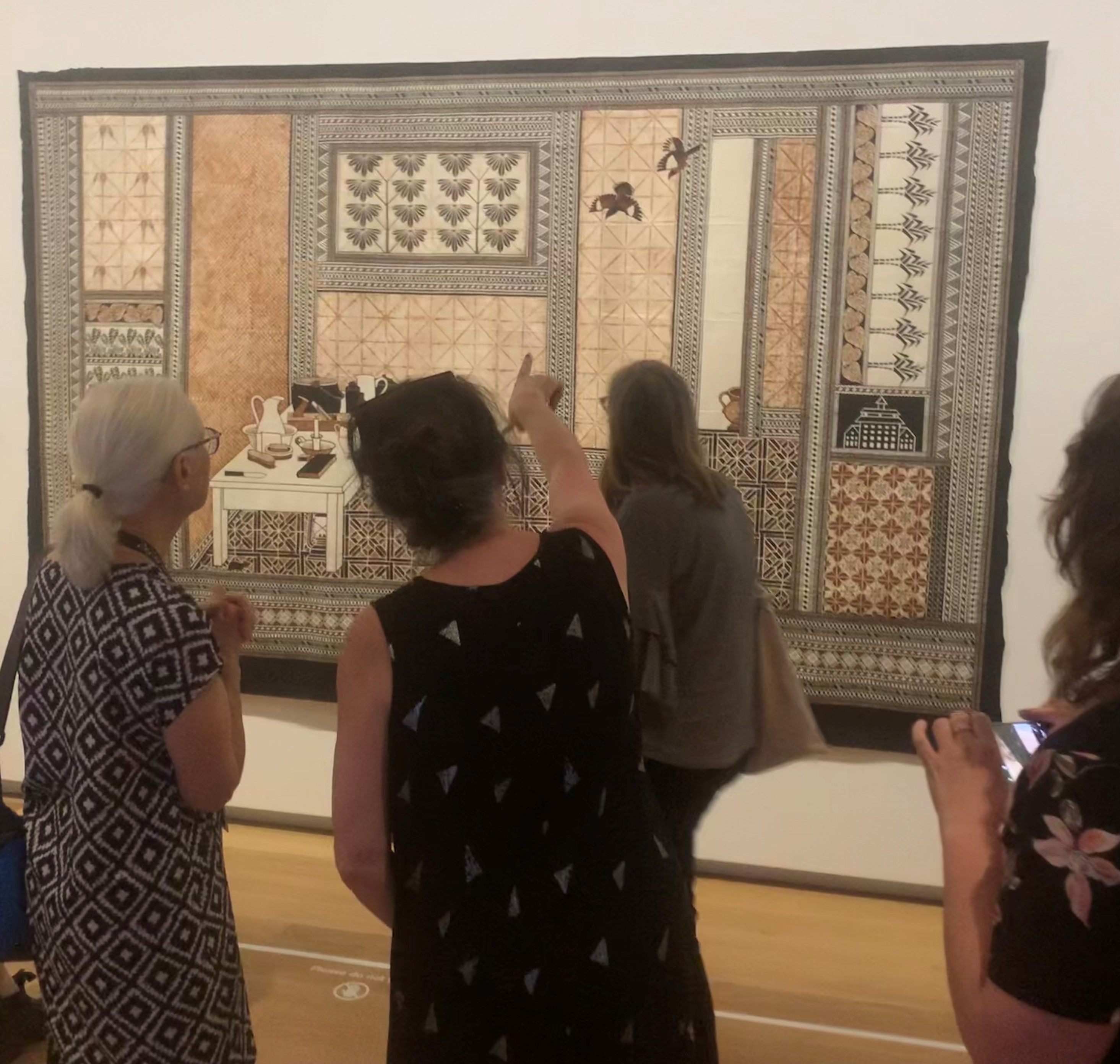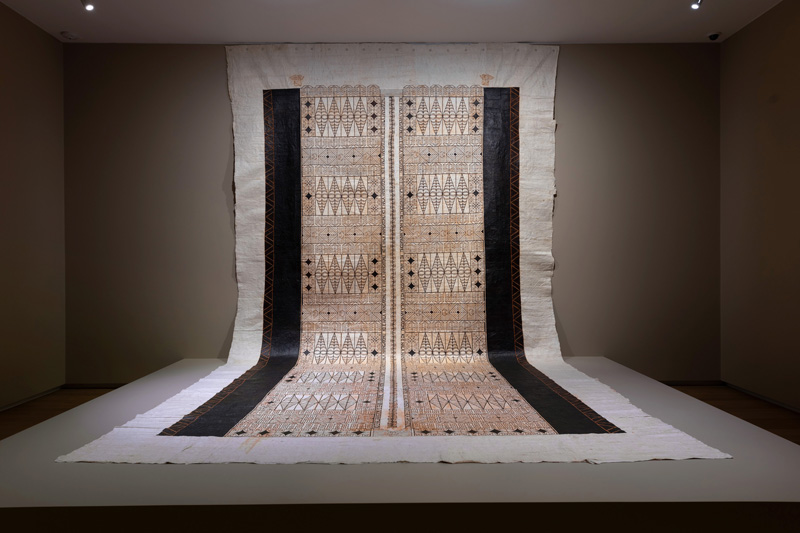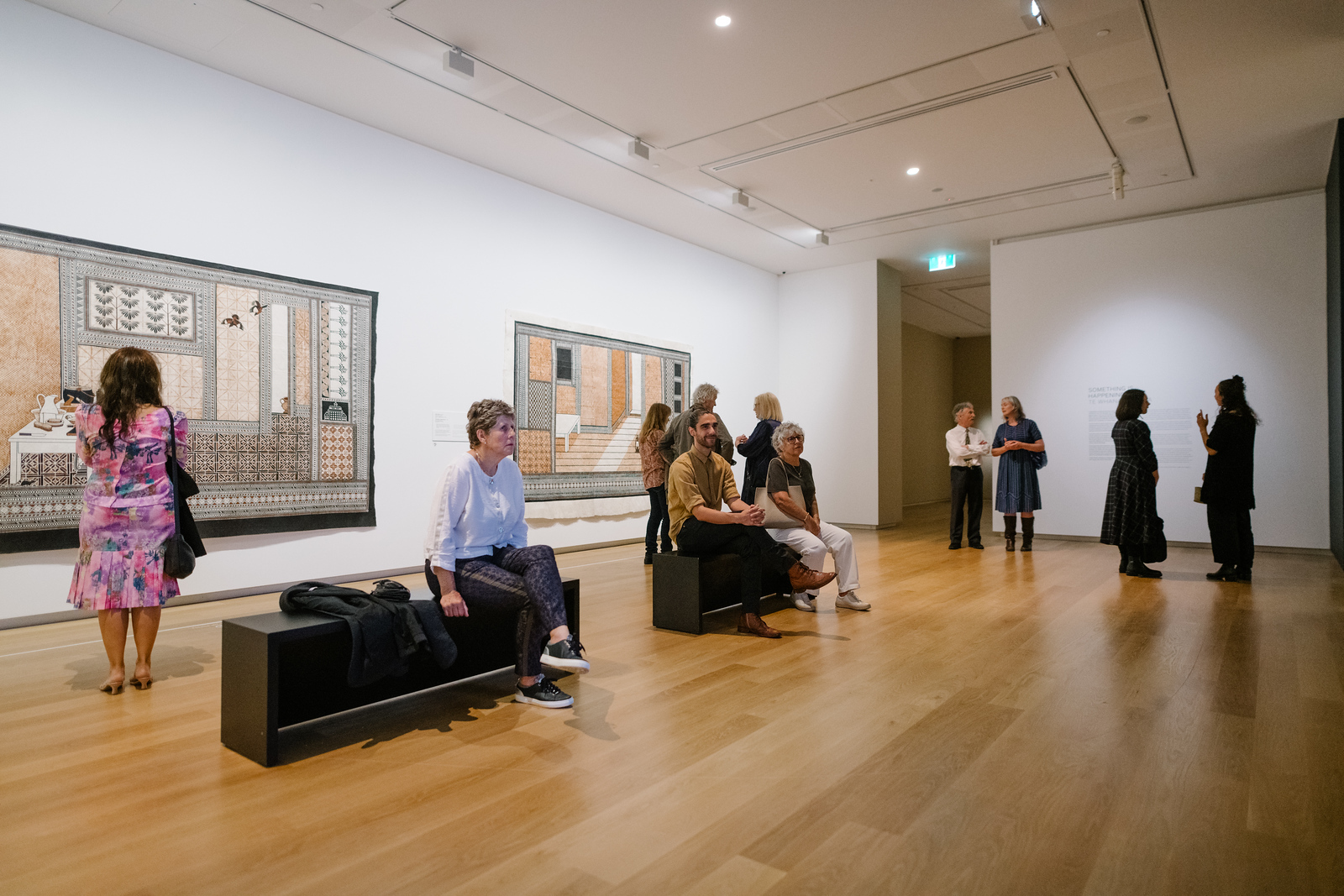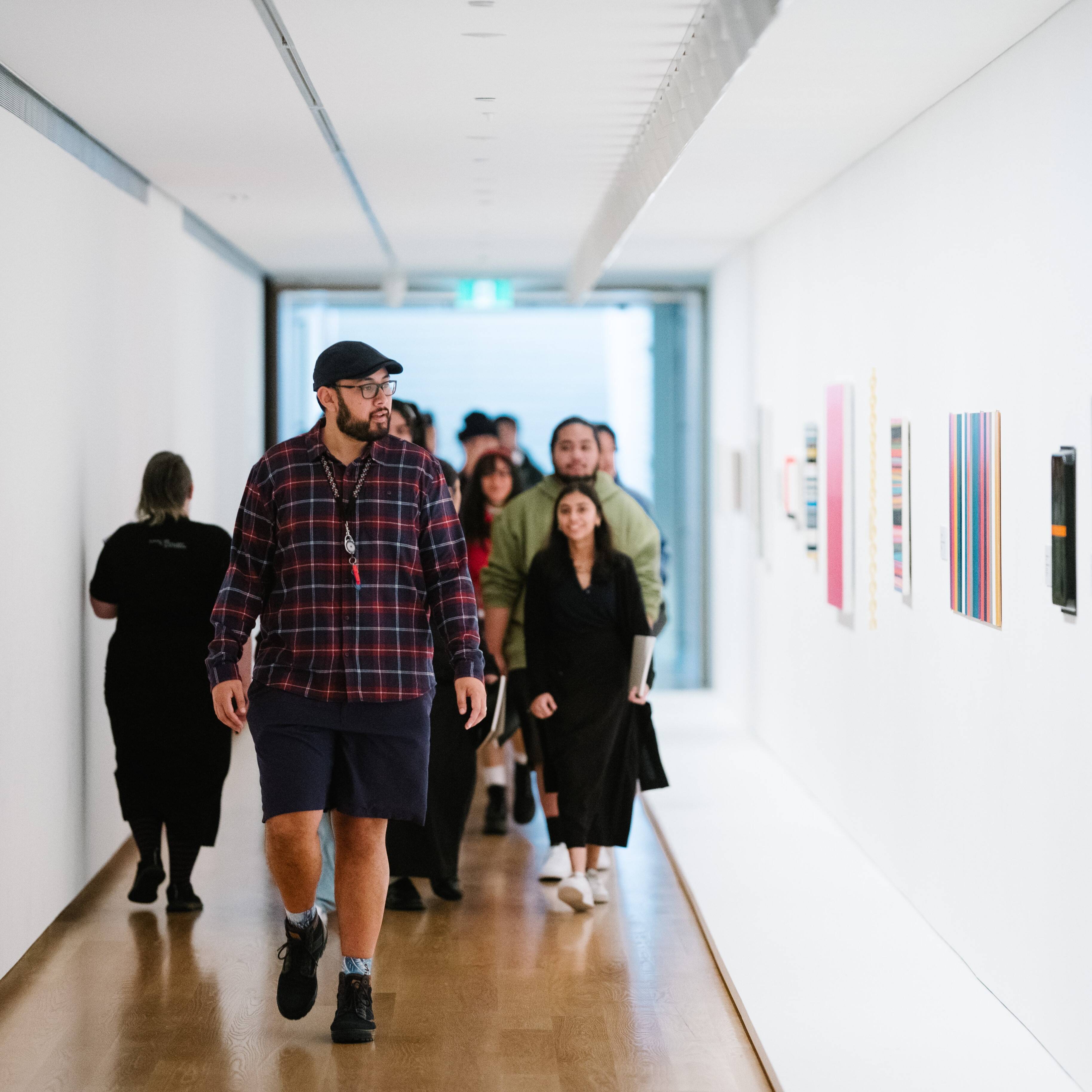On 2 and 8 November this year, the Schools and Learning team at Auckland Art Gallery Toi o Tāmaki hosted two professional development (PD) days for over 40 kaiako (teachers) of ākonga (students) from early childhood, primary and secondary schools and kura.
Kaiako were invited to come to the Gallery to explore, develop and share skills in incorporating art, its contexts and art-making practices in teaching and learning across all learning areas. In two separate days, kaiako participated in art education and art-making workshops, enjoyed collegial kōrero (conversation) and kai while overlooking Albert Park’s magnificent pōhutukawa trees, and visited the exhibitions Robin White: Te Whanaketanga | Something is Happening Here, Walls to Live Beside, Rooms to Own: The Chartwell Show and Frida Kahlo and Diego Rivera: Life and Art in Modern Mexico.
After another challenging year in the teaching profession, in which the ongoing effects of Covid-19 and alert level restrictions have resulted in alarmingly steady ākonga attrition – especially in our already vulnerable communities – it was inspiring to see kaiako come from across Tāmaki Makaurau Auckland and further afield, including Rotorua and Te Whanganui-a-Tara Wellington, to learn and share their experiences.






